If your school or district is receiving CARES Act funding, you can use it to meet your students’ literacy needs. Because your students still need books, we are working with educators across the country to create custom solutions that capitalize on their CARES funding and ensure book access and choice for students.
The trend to add e-readers, laptops and tablets to classrooms has led many schools to rely more heavily on digital books. However, studies have shown that reading real books on printed pages has many benefits for kids that outweigh the advantages of using electronic equipment for reading.
Reading real books is a sensory experience in a way that digital reading is not. Reading real books involves the sense of touch as pages are turned, the sense of vision as the words are read and pictures are viewed and the sense of smell as the aroma of pages envelops the reader. Among other advantages to reading real books, this sense-engaging experience increases memory, improves concentration and offers a better overall experience for young readers.
Reading real books benefits kids in the following ways:
Improves comprehension & retention

Students who read from a physical book are more likely to remember the information than students who have used a tablet or e-reader to read the same material. Kids who read real books also score higher in other areas, such as empathy, immersion in the book and understanding of the narrative. Researchers believe this effect is related to the tactile sensation of holding a book in your hands. When reading a real book, the feel of paper pages under your fingertips provides your brain with some context, which can lead to a deeper understanding and better comprehension of the story.
Boosts intelligence

Not only does regular reading help make you smarter, it can also increase your brain power. Diving into a book opens a universe of knowledge starting from a young age. Exposure to vocabulary through reading not only leads to higher scores on reading tests, but also higher scores on general tests of intelligence for children. Plus, stronger early reading skills may mean higher intelligence later in life.
Enhances concentration

Students who read e-books tend to get sidetracked more easily. Hyperlinks, scrolling and easy internet access are a huge distraction. Using physical books, on the other hand, makes it easier for students to pay attention to the text in front of them. There’s no distraction from the text at hand. E-readers are designed to make it easy to skim across the top of the material without really taking it in. Physical books provide a slower experience that typically leads to deeper involvement with the material. Most students find it easiest to concentrate when reading in print because they can fully grasp and understand the text in front of them.
Builds vocabulary
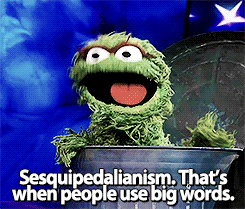
Researchers have found that students who read real books regularly, beginning at an early age gradually develop larger vocabularies than their peers. This skill can influence many areas of their lives, from scores on standardized tests to college admissions and job opportunities. Many employers look to hire people with excellent “soft skills,” like the ability to communicate effectively. Reading real books is the best way to increase a child’s exposure to new words, learned in context and prepare them to be good communicators.
Increases empathy

Getting lost in a real book can make it easier for students to relate to others. Research has shown that people who read literary fiction—stories that explore the inner lives of characters—show a heightened ability to understand the feelings and beliefs of others. This is a set of skills essential for building, navigating and maintaining healthy social relationships.
Reduces screen time
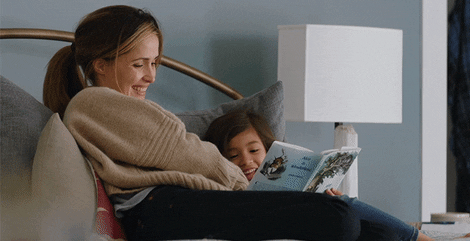
Although some screen time can be educational, too much of it may have a negative effect on a child’s development and overall well-being. An excessive amount of screen time can increase the risk of health, development, behavior, attention and learning issues. Also, staring at a computer screen all day can cause screen fatigue, which may lead to eye strain, blurred vision, redness, dryness and irritation. With print books, this is not a concern. In addition, kids retain less of what they read when reading on a screen.
Download Our Free Printables
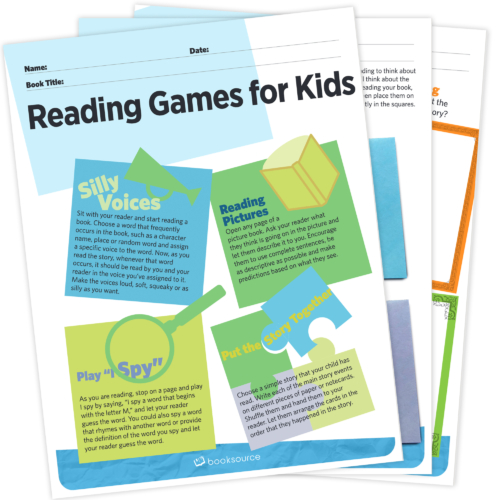

Reading doesn’t always have to be about accountability and book reports. Sometimes you want a quick activity or something fun for your students to do to reinforce what they have read. Download our handout and worksheets—Reading Games for Kids, Stop & Jot and Retell—to use in the classroom or share with parents to use with kids at home.
What do you love most about reading real books with your students? Tell us in the comments.




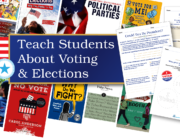

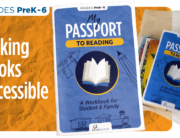

[…] 6 Reasons Why It’s Important for Kids to Read Real Books […]
[…] successful throughout their education. In fact, reading real books on printed pages has many benefits for kids that outweigh the advantages of using digital devices for […]
I like that you said that one of the benefits of reading books for children is reducing their amount of screen time, ensuring they won’t suffer from screen fatigue. My daughter Jenna rarely puts down her iPad. Perhaps I should buy some books for her so she would be them instead of playing and watching videos on her iPad. Thanks for this.
I definitely agree with what you said that reading boosts a kid’s intelligence since it exposes them to vocabulary and language. That is why I plan to buy some digital books that I could store and our iPad for my kids to read. They tend to use their gadgets more nowadays because of the pandemic, so it’s wise that they also read and not just play games on their devices.
It’s great to know that the students who read real books regularly, beginning at an early age are slowly developing larger vocabularies than their peers. From now on, I will teach my son to read letters and words. After that, I will some books for him to read that will surely help him to develop his reading skills and enhance vocabulary at an early age.
I appreciate that you discuss the benefits of reading. Among other advantages to reading actual books, this sense-engaging experience increases memory, improves concentration and offers a better overall experience for young readers. Reading basic books involves the sense of touch as pages are turned, the sense of vision as the words are read, and pictures are viewed, and the sense of smell as the aroma of pages envelops the reader.
Thanks, Diane! We couldn’t agree more.